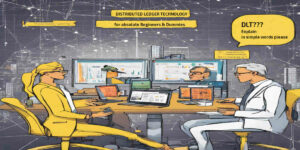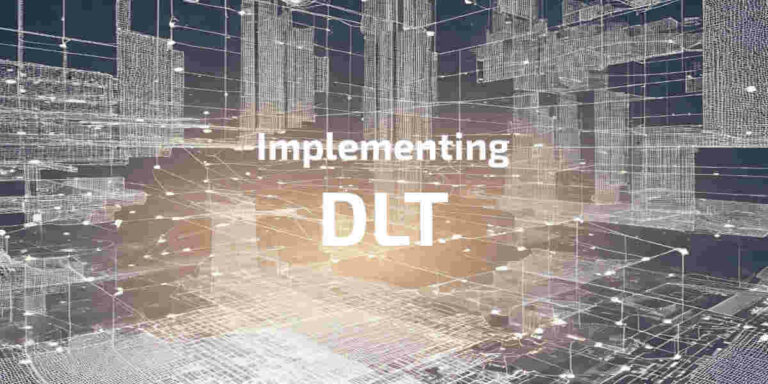
Are you curious about the impact when implementing Distributed Ledger Technology on leading businesses? DLT has been around for a while now, and its significance in today’s world cannot be ignored. However, as with any new technology, there are challenges faced in its implementation, including finding the right service providers.
In this blog post, we will explore the evolution of DLT and noteworthy examples of its implementation. We will also delve into the open source advantages it offers and the challenges that businesses face while implementing it.
Additionally, we will highlight how DLT differs from blockchain networks and how leading companies have learned lessons from implementation. By the end of this post, you will have a better understanding of how to prepare your business for the future.
- 1. The Evolution of Distributed Ledger Technology (DLT)
- 2. What are the Benefits of Implementing Distributed Ledger Technology in a Business?
- 3. Noteworthy Examples of DLT Implementation
- 4. How DLT and Blockchain Differ and Relate
- 5. Lessons Learned from Leading Companies: Implementation of DLT
- 6. How to Master the Challenges of Implementing Distributed Systems?
- 7. Conclusion
- 8. FAQ
The Evolution of Distributed Ledger Technology (DLT)
Distributed Ledger Technology (DLT) is like a special kind of digital notebook. Think of it as a shared notebook where lots of people can write in it, but once something is written, it can’t be changed or erased. This technology is getting a lot of attention in the financial sector, property transactions, shopping, healthcare and even enabling the Internet of Things (IoT). Typically, DLT allows actors (called nodes) within a decentralized system to transact digital assets based on a Peer-to-Peer (P2P) network and store these data or transactions in a distributed approach across the network.

Unlike traditional centralized databases, DLT operates on a peer-to-peer (P2P) network, where multiple nodes store, validate, and update the shared ledger simultaneously. This eliminates the need for a central authority and reduces the risk of a single point of failure. Major key in risk management. Just in case this article is going too deep for you, consider reading our post “Distributed Ledger Technology for Beginners” first.
When we talk about implementing distributed ledger technology, it’s like watching a small tree grow into a giant one. It started simple but has become really important today. Things like money transfers can happen super fast, and they are safer too. Central banks and other groups are implementing distributed ledger technology because they see how widespread adoption can make things better.
What are the Benefits of Implementing Distributed Ledger Technology in a Business?
Implementing distributed ledger technology is like sharing a single server with everyone. Spread it on nodes, so everyone can see and verify transactions. For all business models, it can make processes faster, reduce fraud, and cut costs because everyone has the same trusted information without needing a middleman.
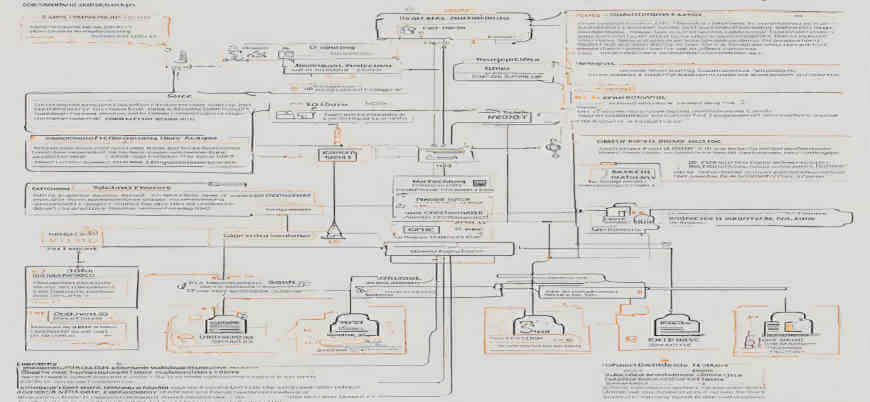
Much of the early interest in blockchain has centered on its application in financial transactions, with Bitcoin cryptocurrency gaining worldwide use and proving that DLT can indeed work. Banks and other financial institutions became early innovators in DLT. The advantages and benefits of DLT are manyfold. This is why other industries such as aviation, education, healthcare, insurance, manufacturing, transportation, and utilities have also implemented DLT solutions to create modular and scalable platforms that cater to their specific needs.
Increased Efficiency and Transparency
By implementing distributed ledger technology, everyone sees the same information, so it’s clear and trustworthy. And a fun thing with DLT is “smart contracts.” It’s like setting up rules in a game. If you follow the rules, the game moves forward. As more businesses implement distributed ledger technology, they can do cooler things and help people in different ways. Soon, we might use it for things like online shopping too!
Improved Security and Fraud Prevention
Imagine you have a special diary where you write all your secrets. Now, instead of keeping this diary in one place in your room, you make many copies of it and give it to all your trusted friends. If someone tries to sneak into your room and change something in the diary, they’d have to change it in all the copies with your friends too, which is almost impossible. Implementing distributed ledger technology, like blockchain, is like having many copies of that special diary. This way, it improves security and prevents fraud!

Unlock Your Business Potential with Certified Blockchain Consulting!
Dive into the future of technology with our team of certified blockchain experts. Simply pick the service you need:
Personalized Advice – tailored to your business needs.
Comprehensive Training – for you and your team.
Development Services – innovative solutions from the whitepaper to the finished blockchain.
Programming – with capabilities and tools to succeed.
TALK TO THE EXPERTS TODAYNoteworthy Examples of DLT Implementation
One notable use case, for implementing distributed ledger technology in the banking and finance industry, is the launch of smart contracts in trade finance. For example, there are banks in Brazil, Canada, Singapore, and South Africa that use DLT for their big money moves between banks in the banking industry. There’s also this group called R3 that made a DLT tool just for banks.
Lots of companies are embracing this adoption to make their work better and more modern. Some big companies use it to watch over their products and make sure no one cheats or does anything wrong. This helps things run smoothly and everyone knows what’s going on.
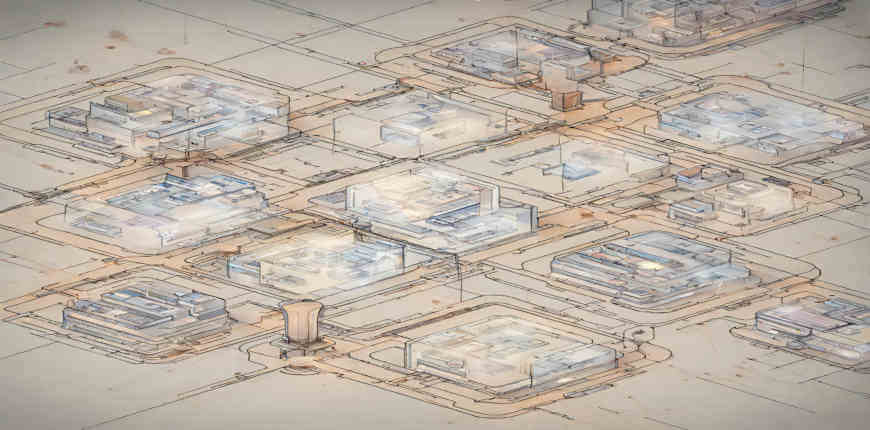
DLTs allow information to be stored securely and accurately using cryptographic signatures. Additionally, DLT creates an immutable database, ensuring that once information is stored, it cannot be deleted and any updates are permanently recorded for posterity. The technology has already shown its ability in many cases to bring benefits to users, such as better tracking of intellectual property rights and ownership for art, commodities, music, and film. So there are many other examples of implementing distributed ledger technology in other sectors than banking and finance.
What are the Challenges of Implementing DLT?
DLT sounds great, but there are challenges too. Here they are in simpler terms:
- Handling lots of info: Imagine a lot of people writing in our digital notebook at once. We need to make sure it doesn’t get too slow or messy.
- Rules and laws: Just like new sports need new rules, DLT needs new guidelines. This is to make sure everyone plays fair.
- Teaching people about it: Not everyone knows what DLT is or how to use it. So, teaching is important.
- Making it work with other systems: Think of it like playing a game on different types of consoles. We want the game (or DLT) to work well on all of them.
- Keeping things private: We need to ensure that personal details stay safe.
Using DLT is like learning to ride a bike. It’s tricky at first, but with time and effort, it can be very useful!
Scalability Issues
Implementing distributed ledger technology is like sharing a digital notebook where many people can write but can’t easily erase or change past notes. But there’s a challenge: as more people use it, it can get slower and less efficient. Why does this happen? Think of it as a crowded highway. When only a few cars are on it, everything moves smoothly. But when it gets packed with cars, traffic can slow down.
People are trying to fix this by making distributed ledgers work smarter and faster. Some are using fancy tools like artificial intelligence. Others are trying to change some programming rules to make them faster, like using a new system called “proof of stake.”
Regulatory and Legal Frameworks
Right now, our rules might not be ready for this new tech. Just like we have rules for playing games or driving cars, we need special rules for implementing distributed ledger technology. Just to make sure everyone is safe and treated fairly. This includes keeping our personal information private, making sure our creative works are protected, and having a way to solve disagreements. Governments and other groups are trying to create these rules. They need to work closely with the people who understand this technology best.
User Education and Adoption
Some people aren’t sure about using and implementing distributed ledger technology, simply because they don’t know much about it. Some have heard things that aren’t true. However, what they may not realize is that this technology is not just a concept, but a robust technological infrastructure that enables simultaneous access, validation, and updating of records across a networked database. It refers specifically to the technological infrastructure and protocols that enable the simultaneous access, validation, and updating of records that characterize distributed ledgers. It works on a computer network spread over multiple entities, locations, or nodes.
For implementing distributed ledger technology and to make it work well, it’s important that people learn about it and understand what it can and can’t do. Schools – like the iMi Blockchain Academy – are working with businesses, and even the government to teach people about blockchain technology. The more people know about it, the more will use it.

Unlock the Code: Master Blockchain Programming!
Dive into the world of decentralized technology with our comprehensive online programming courses. Learn at your own pace and get:
Access – to expert instructors.
Interactive – coding exercises.
Vibrant – community of like-minded learners.
Certified – receive your recognized diploma.
ENROLL TODAY AND TRANSFORM YOUR FUTURE!How DLT and Blockchain Differ and Relate
When it comes to the implementation of DLT, people asking about the difference to blockchain. They are two terms you might hear a lot. But guess what? They’re not the same thing. Let’s break it down:
Distributed ledger technology is like a big umbrella. Under this umbrella, there are different DLT platforms and ways to keep records across many computers. Blockchain is just one of those ways. Imagine a chain where each link represents a block of information. In the blockchain, these blocks are linked in a specific order, and once added, it’s really hard to change them. That’s why people like it; it’s secure.
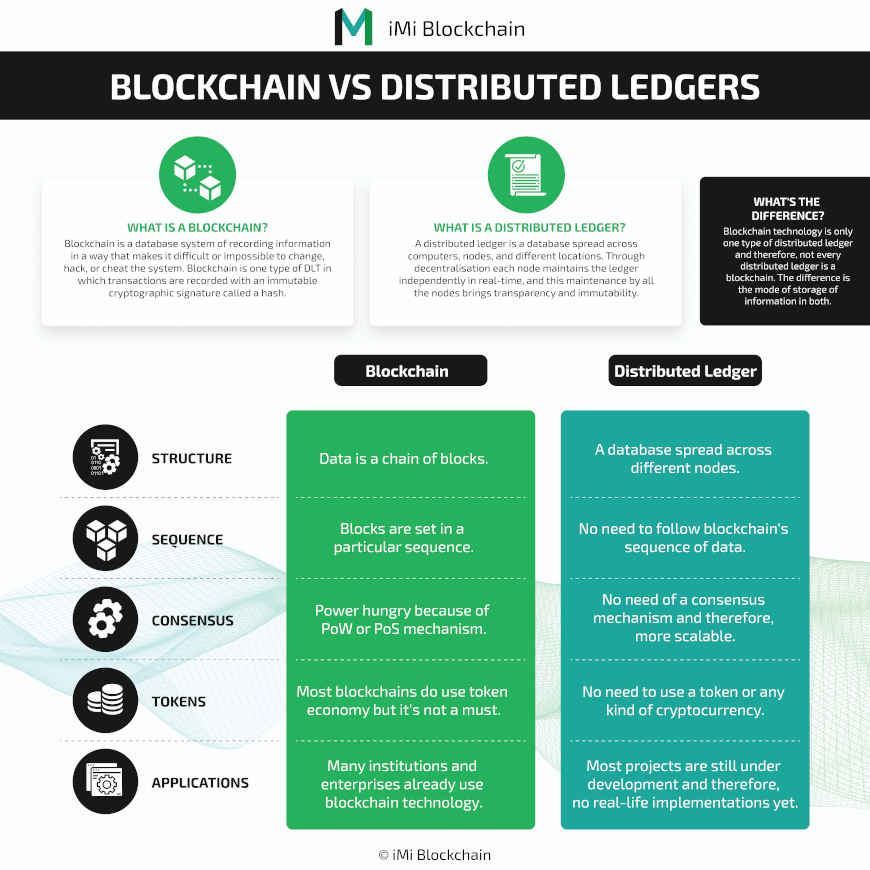
Share this Image on Your Site:
But there’s more than just blockchain under the big umbrella. There are also things like DAG (Directed Acyclic Graph) and Hashgraph on Hyperledger Fabric. These are just other ways to keep records that might be better for certain jobs.
So, when someone talks about DLT implementation or blockchain, now you know they’re talking about ways to keep records across lots of computers. Depending on what a business needs, they might choose one over the other.
DLT Consensus Algorithm Mechanisms
DLT Consensus Algorithm Mechanisms: Discovering the Essence of Decentralized Decision-Making. Understanding how distributed ledger technology makes decisions together. How do we make sure everyone agrees on what’s written in the copy of the ledger? That’s where “consensus mechanisms” come in!
Imagine if you and your friends had to decide on a game to play. You might vote or talk it out until everyone agrees. In DLT adoption, consensus mechanisms help everyone in the network to agree on what information should be added to the notebook.
There are different ways to make these decisions. Some are like earning rewards (proof of work) and others are like taking turns based on what you own (proof of stake). Each way has its good and bad sides, so people pick what’s best for their needs.
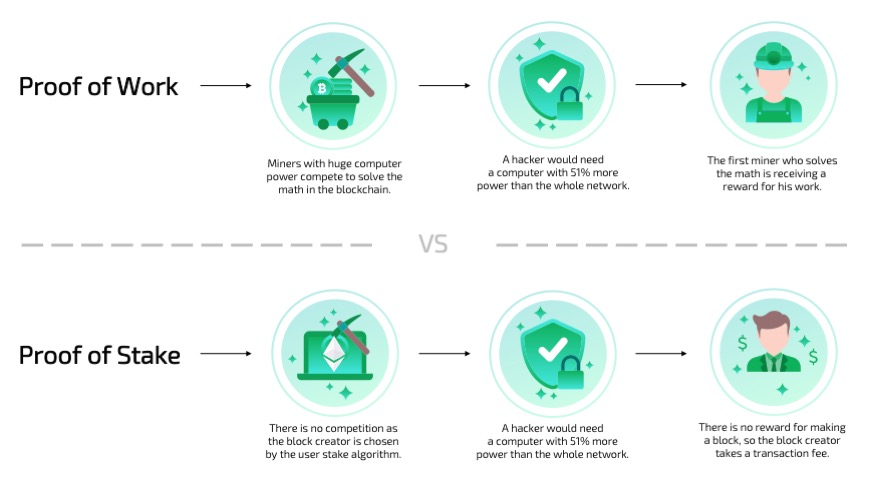
Share this Image on Your Site:
One of the challenges of implementing distributed ledger technology is picking the right consensus mechanism. You want to make sure their information is safe and everyone agrees on it. Some companies are even trying to make better ways to decide together.
Understanding these decision-making ways is like knowing the rules of a game. The better we know the rules, the better we can overcome other challenges implementing DLT. As more people and companies use DLT infrastructure, knowing about consensus will help us be ready for the future!
Lessons Learned from Leading Companies: Implementation of DLT
The challenges of implementing distributed ledger technology are manyfold. But we have learned by working with top financial services businesses. They were early inventors. By looking at what we did, you can find out the important things that helped them use DLT well, including key factors for success. We can learn a lot from real stories of companies that tried DLT. Big companies in the financial services sector have faced problems but also found cool ways to use DLT. However, it is important to note that these companies have also identified the need for additional research into governance approaches for DAO platforms on permissionless DLT, connected to products and services provided.
Banks and financial institutions, such as Deutsche Bank and the World Bank, have been exploring the potential of Distributed Ledger Technology (DLT) to transform the financial industry. DLT and blockchain technology offer various benefits such as faster and more secure real-time international payments. By leveraging DLT, these institutions can update their records quickly and ensure transparency and security in transactions like buying a house. If you are interested in implementing DLT in your own projects, it would be valuable to study the lessons learned from leading companies in this field.
Case Study 1: Implementing Distributed Ledger Technology in the Diamond Industry

Imagine you are buying a diamond for a special occasion. You’d want to make sure that it’s real, hasn’t been stolen, and didn’t come from an area with conflict or bad practices. How can you be sure? Well, Distributed Ledger Technology (DLT), which is a kind of digital system for recording information, can help with this!
Success Story: Everledger
What’s the big idea? Everledger is a company that uses Distributed Ledger Technology (or you can think of it as a really special kind of digital notebook) to track diamonds. Every diamond has its unique story and details, just like how every person has their unique fingerprints.
How does it work? When a diamond is mined (which means taken out of the ground), its details and story are saved into this digital notebook. As the diamond moves from one place to another, like from a mine to a store, its story gets updated. Because of the way DLT works, once something is written in this notebook, it can’t be changed or erased without everyone knowing. This makes cheating or lying really hard!
Why is this a success?
- Trust: People can trust that the diamond they are buying is real and good because they can see its whole story in the digital notebook.
- Safety: Stolen or bad diamonds can be identified quickly because their story wouldn’t match with the notebook.
- Doing Good: People can avoid buying diamonds from places with bad practices. This means they are supporting good and fair businesses.
In simple words: Everledger uses a special digital notebook (DLT) to keep a truthful story of every diamond. This helps people trust, stay safe, and make good choices when buying diamonds!
Conclusion: Distributed Ledger Technology isn’t just for computer experts or big businesses. It’s a tool that can help regular people, like someone buying a diamond, know they are making a good and honest choice.
Case Study 2: Overcoming Challenges Implementing DLT

In the 2nd case study, we’d like to give you an example of how one of our clients was able to overcome all the challenges of implementing distributed systems. Imagine a big farm where they grow a lot of apples. After the apples are picked, they are sent to various places like stores and factories. It’s very important for the farmer and the buyers (market participants) to know where each apple came from, how it was transported, and how fresh it is. Distributed Ledger Technology, is like a super-smart diary that helps keep track of each apple’s journey.
The Story of a Food Supply Chain
The Challenge: Using this new DLT was not easy. The farmers, truck drivers, and store owners were using old methods to record information. They used to write in notebooks or enter details in their own computer systems. Now, they had to learn how to use this new DLT system. Plus, everyone has to agree on the same way of recording things. If one person makes a mistake, it could confuse everyone else.
The Solution:
- Training and Learning: iMi Blockchain provided training. We’ve organized fun workshops where everyone could practice using the new system.
- Testing: Before using the system for real, we did a small test. We’ve tracked just a few apples to start with and saw how it went.
- Feedback: After the test, everyone shared what problems they faced and gave suggestions. Like, if a truck driver found it hard to enter details on his phone because of its small size, maybe they could use a tablet instead.
- Improvements: Based on feedback, we’ve made the DLT system better. We made it simpler and added features that made everyone’s job easier.
- Rewards: To make everyone excited about using the new system, we also introduced rewards. If a store recorded all its Apple deliveries correctly for a month, they got a bonus!
The Results: After some time, everyone got used to the new system. They could see the benefits clearly. If a customer asked, “Where did this apple come from?”, the store owner could easily tell its whole journey. This made customers happy and trust the store more. The farmer was also happy because he could prove that his apples were fresh and good.
Conclusion: Change can be hard. But with the right steps and teamwork, challenges can be overcome. The Apple supply chain is just one example of how iMi Blockchain can help in real life, making things clearer and more trustworthy for everyone.
How to Master the Challenges of Implementing Distributed Systems?
Imagine you’re trying to put together a big puzzle, but each piece is in a different friend’s house across the town. Distributed systems are like this puzzle, where each computer (or “friend’s house”) has a small part of the information. Here are some tips to make sure these computers work together smoothly:
- Communication: Make sure the computers talk to each other efficiently. Just like you would call your friends to know which puzzle piece they have.
- Coordination: All computers should work together in harmony. It’s like making sure all your friends bring their puzzle pieces to the same table at the right time.
- Backup Plans: Sometimes, one computer might have a problem or stop working. Always have a plan B, like how you’d ask another friend for an extra puzzle piece if one goes missing.
- Be Patient and Test: When putting the puzzle together, sometimes pieces won’t fit right away. Similarly, when setting up distributed systems and software applications, test and re-test to make sure everything’s working well.
- Stay Updated: Just like new versions of puzzles might come out, in the tech world, there are always new updates. Make sure the computers have the latest tools to work properly.
Remember, the goal is to make sure all these computers, like your friends with their puzzle pieces, come together to create a complete and beautiful picture from a technical perspective.
Conclusion
To sum it up, DLT developments are growing. Distributed Ledger Technology is a really cool new tech tool that many businesses are using. This kind of data science makes business processes run smoother, clearer, and safer. But, like all new things, it has its own set of problems to solve, like making it work for bigger groups, following rules, and teaching people how to use it. Some top businesses have already used this technology and shown others how to do it well.
It’s super important for businesses to keep learning and getting ready for all the cool things DLT can do. This way, they can be at the top of their game and enjoy all the good stuff it brings. Talk to one of our experts whenever you are ready to learn or implement distributed ledger technology in your organization. We are always happy to give you expert advice.
Learn Distributed Ledger Technology!
DLT Trainings in Small Classes
DLT Webinars & Tutorials
Certified DLT Courses
Get free DLT Tips!
Get monthly tips on how DLT can help your business.
On top, you’ll get our free blockchain beginners course right away.
FAQ
How is your company implementing blockchain technology?
Blockchain is like a digital notebook where everyone writes down transactions. To implement it, you should get advice from experts like iMi Blockchain. Then you decide the rules, get people to agree on them, and then use special computer codes to make sure everyone’s notebook matches. This way, everyone can trust the information without a middleman.
